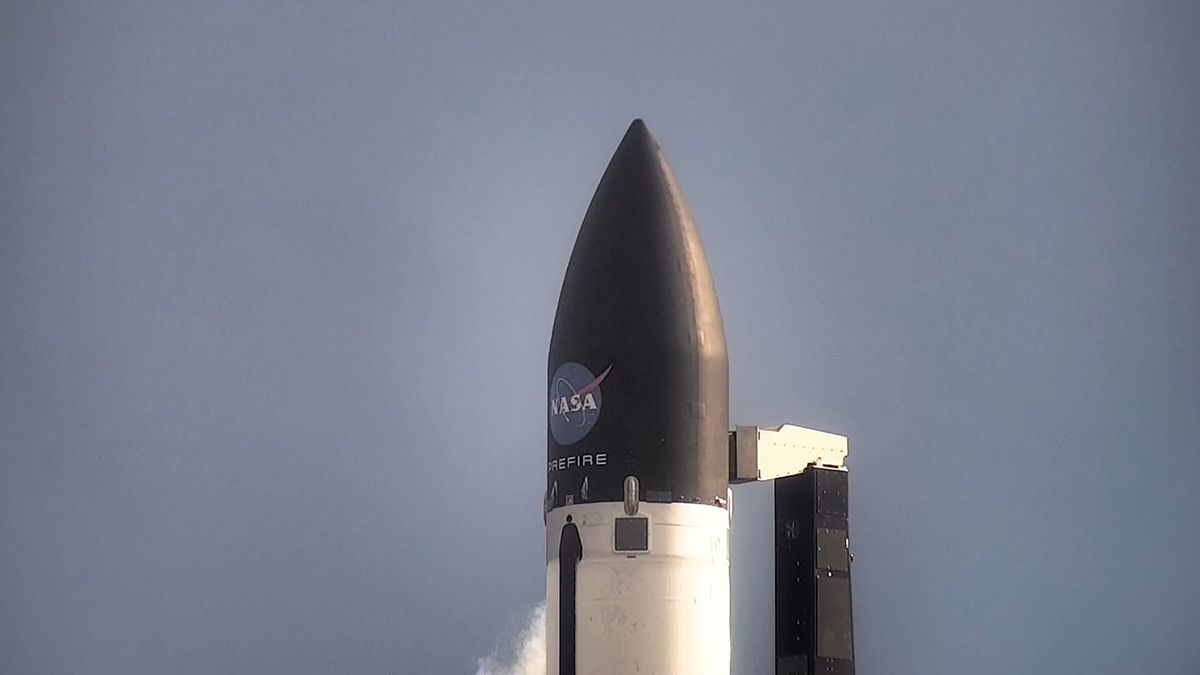Rocket Lab’s first attempt at launching the second of two cubesats for NASA’s PREFIRE climate change mission ended in a scrub on Friday (May 31).
An Electron rocket topped with the tiny satellite had been poised to lift off from Rocket Lab’s New Zealand site at 10:46 p.m. EDT (0246 GMT or 2:46 p.m. local time on June 1), until an “out-of-family sensor reading” near the end of the launch window resulted in a scrub.
Rocket Lab will announce a new targeted launch time and date when ready. There are several opportunities in the coming days.
Related: NASA’s twin spacecraft will go to the ends of the Earth to combat climate change
PREFIRE is short for “Polar Radiant Energy in the Far-Infrared Experiment.” As that name suggests, the mission will study heat loss from Earth’s polar regions, gathering data that should help scientists better understand our warming world.
“A lot of the heat radiated from the Arctic and Antarctica is emitted as far-infrared radiation, but there is currently no detailed measurement of this type of energy,” Rocket Lab wrote in a mission description.
“The water vapor content of the atmosphere, along with the presence, structure and composition of clouds, influences the amount of far-infrared radiation that escapes into space from Earth’s poles,” the company added. “Data collected from PREFIRE will give researchers information on where and when far-infrared energy radiates from the Arctic and Antarctic environments into space.”
PREFIRE will collect this data using two shoebox-sized cubesats. Rocket Lab launched the first of the satellites on May 25, sending it to a 326-mile-high (525-kilometer-high) circular orbit above Earth.
This second PREFIRE craft will head to a slightly different orbit with the same altitude. If all goes according to plan, the duo’s paths will cross every few hours near the planet’s poles.
Rocket Lab calls this second mission, which will be its 49th orbital launch to date, “PREFIRE and Ice.” The company named the May 25 liftoff “Ready, Aim, PREFIRE.”
Rocket Lab is working to make the first stage of the 59-foot-tall (18-meter-tall) Electron reusable; the company has recovered boosters from the sea on multiple previous launches, but no such activity occurred on “Ready, Aim, PREFIRE,” and Rocket Lab has not mentioned a recovery component for “PREFIRE and Ice.”

Dr. Thomas Hughes is a UK-based scientist and science communicator who makes complex topics accessible to readers. His articles explore breakthroughs in various scientific disciplines, from space exploration to cutting-edge research.








